Every cat owner will be confronted with the dreadful nail cutting.
Unless you’re a pro or you’ve just had blessed clipping sessions, you’re probably dreading it for one of two (or both) reasons.
The prime reason is the fear of cutting into your cat’s nails.
And the second source of anxiety is your cat’s fear of you cutting into their nails.
Whether you’re about to get a kitten, have been successfully clipping away since the last century, or you’ve already had negative experiences, I’ve got some tips for you.
That being said, if nothing bad has happened yet, properly desensitize your cat before ever whipping out the clipper or Dremel.
If you already cut into the cat’s quick and it was bleeding, desensitize again.
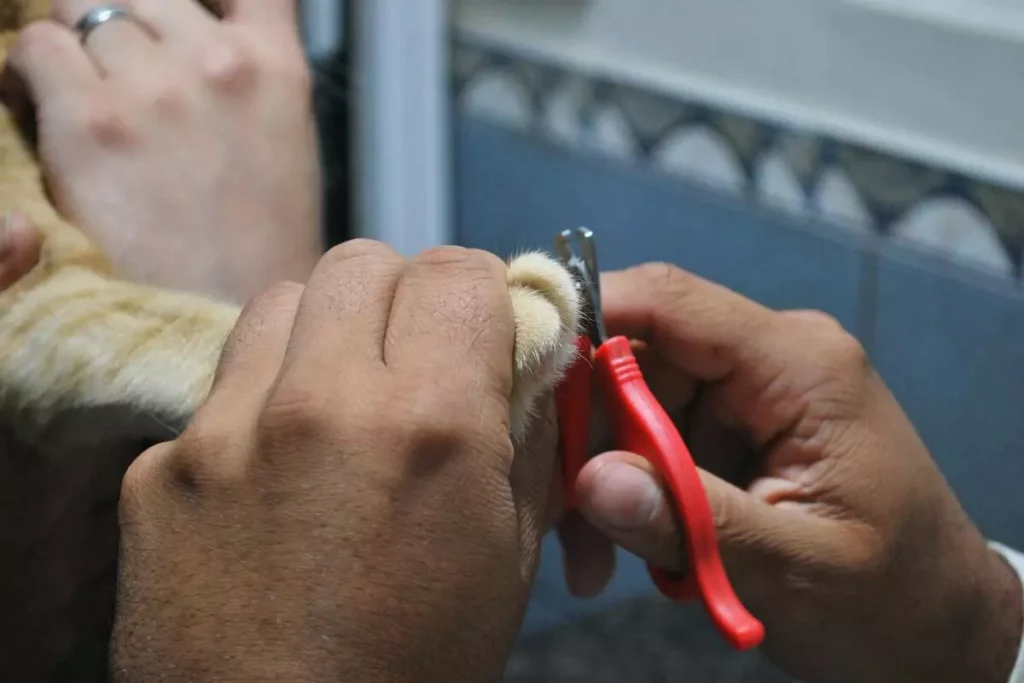
Ah, the dreaded quick.
If you cut it, it’s said to bleed profusely and will seriously make your cat doubt your ability forever.
Don’t take this lightly.
I didn’t do it properly with my British Shorthair and she’s a phenomenal cat, extremely patient with humans, and resilient when it comes to adventures.
Nail cutting is the bane of my Shorthair’s existence.
I properly introduced it, but somehow managed to nip the quick a couple of times and it must’ve been one of those times she decided she’s not into it.
What can happen if you say darn it and scratch nail clipping off your list altogether?
- Splintered nails
- Cat slips on floors and lacks traction outdoors
- Unequal pressure causing sore toes
- Unnatural gait causing long-term issues
How Long Should Cat Nails Be
Cat nails should not touch the ground when standing upright as well as not impair the gait or get stuck on furniture which usually happens if the protruding nails are longer than 1 cm (0.4 in).
Some vets recommend the simple way of checking if you hear your cat’s nails click on the floor.
However, no matter how short I cut my cat’s nails, they would always still make sounds on the floor. Not a clicking sound, but a more subtle dull sound.
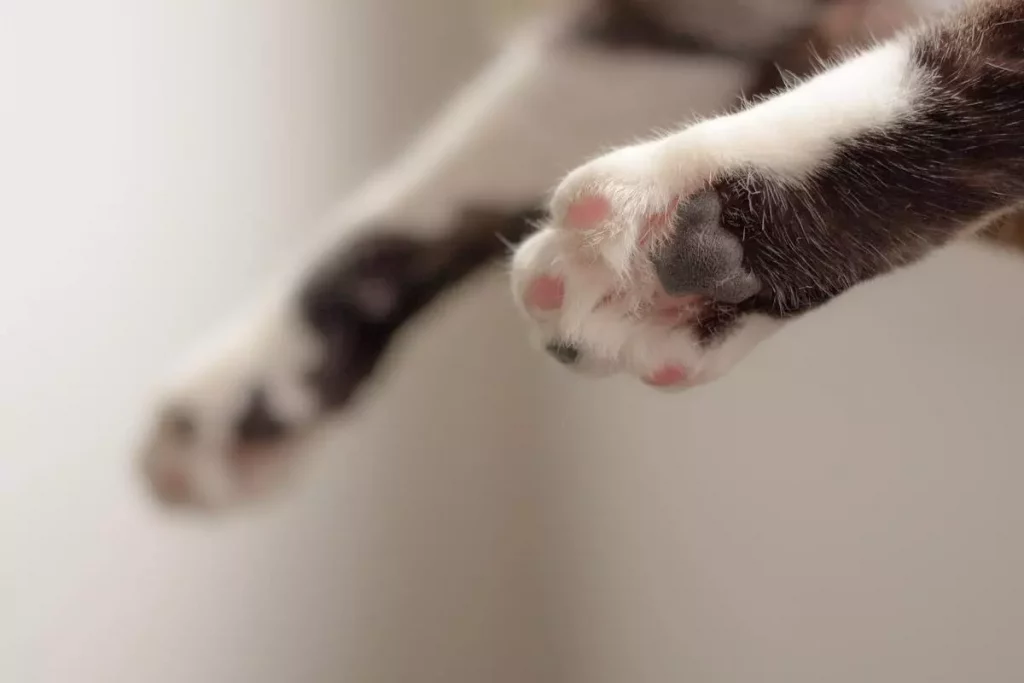
And that’s despite the fact that her nails weren’t touching the floor when standing.
The nails should also be short enough to not interfere with your cat’s gait.
If you see your cat limping, moving awkwardly, gingerly, or in a tip-toey way, it’s time to consult the vet.
Underlying causes can range from joint issues, mental issues, or just nails that are too long.
Of course, if you spot issues with your cat’s paw or the nail splinters frequently, it might be time for a trim.
Below, I’ve compiled all the ways you can tell that your cat’s nails are not at an acceptable length.
Correct Cat Nail Length
The correct cat nail length doesn’t impair your cat’s gait or interfere with daily life, curled nails are a no-go. Clip weekly to avoid cutting the quick and evaluate once the nails don’t touch the ground.
It’s hard to give specific lengths since every feline is different and the correct nail length can vary from small to larger cats.
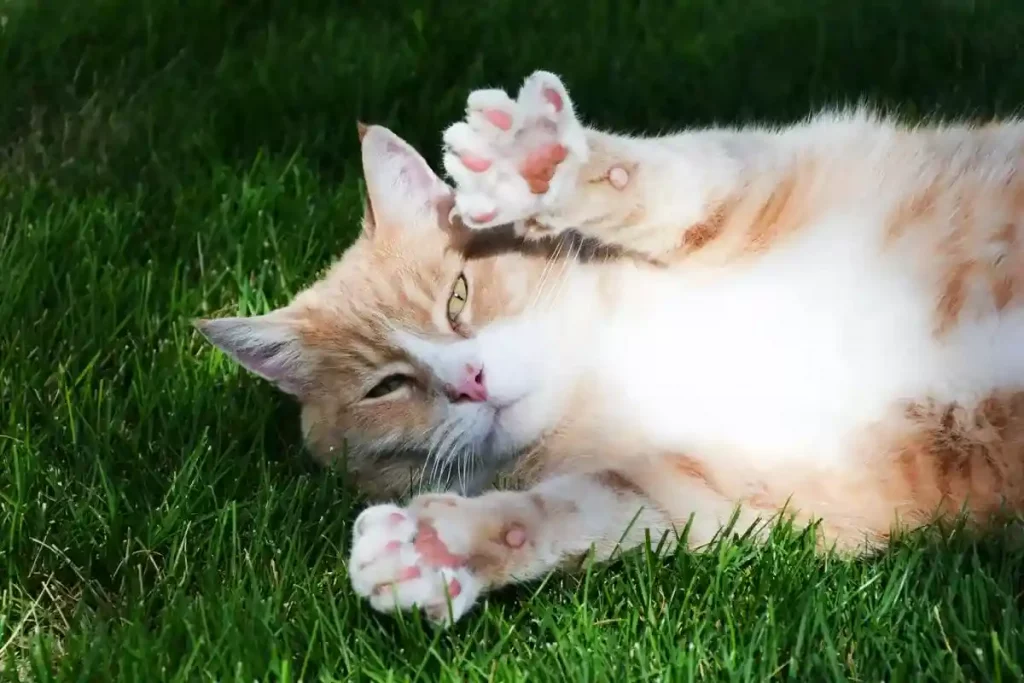
Cat nails visibly curling or extending far over the paw pad are usually not at the correct length and should be clipped.
However, don’t clip too much at once as a shortcut to get to an acceptable level.
That’s to make sure we don’t cut into their quick.
Overgrown cat nails need to be trimmed weekly at the latest and always a bit shorter than last time. This way, the quick will recede.
Personally, I’ve found that a Dremel works best since my cat has far fewer issues with it than with the clippers (make sure it’s a silent one though).
Behavioral signs your cat needs desensitization include smacking the lips, pulling away, shaking, or in worse cases hackles or growling.
How To Tell If Cats Nails Are Too Long: 8 Signs
Here are the most common ways you can tell if your cat’s nails are too long:
- Cat nail often splinters
- Nails often get caught on furniture or clothing
- Nails curl
- Nails touch the ground
- Nails make clicking sound on floor
- Red paw pads
- Cat constantly licks paws
- Cat moves unnatural (limping, walking gingerly, or tip-toeing)
If your cat displays any of these issues, you might want to think about trimming your cat’s nails.
When it comes to the question of how much you can get away with per clipping, that’s a bit tricky.
Determining that your cat’s nails are too long is the first step but gradually cutting them down is a lot harder with black nails vs white nails.
Why are black nails harder?
Because the quick is not as easily visible and you’re always in danger of cutting into it.
As mentioned above, slightly trimming all nails every week will help a lot, you can also shorten that interval to 4-5 days but less is not a good idea most of the time.
The quick needs time to recede and you rushing it is not worth it considering the anxiety your cat might develop if you clip it until it bleeds.
Healthy Cat Nails Vs Unhealthy
Healthy kitten nails are short, don’t splinter easily, and shouldn’t interfere with your cat’s daily life.
Unhealthy cat nails get caught in furniture, begin to curl, create an unnatural gait, and perhaps even cause inflammation.
In general, healthy paws should get cleaned regularly, checked for foreign objects or injuries, and moisturized regularly.
Cat nails that are too long can have serious adverse long-term effects and should be avoided.
It’s hard to quantify how much unhealthy cat nails and the resulting posture contribute to joint issues but there’s definitely a correlation.
A kitty who can’t walk properly due to their unhealthy nail length will inevitably compensate and unevenly distribute the weight when walking or even when standing.
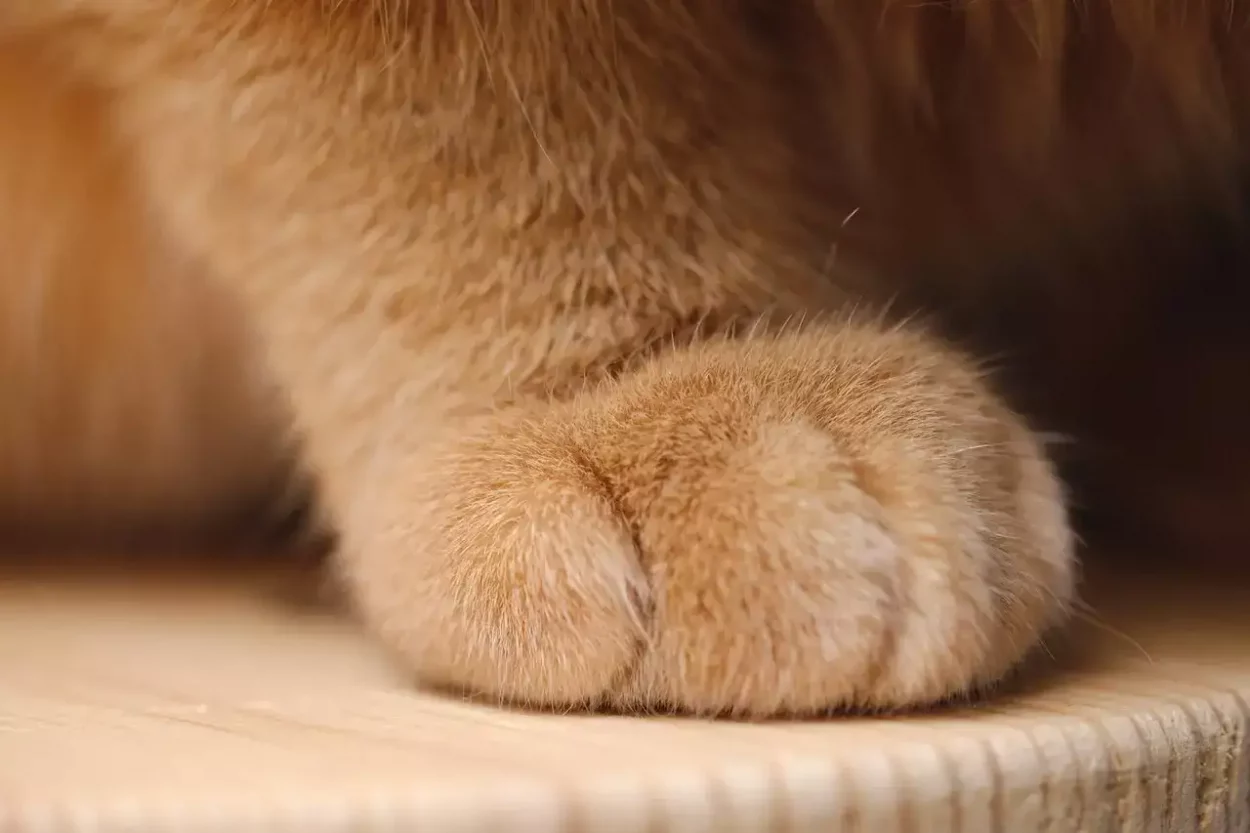
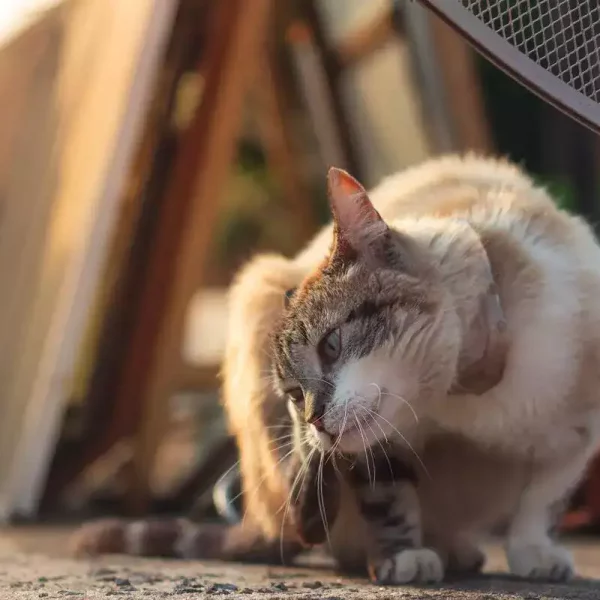
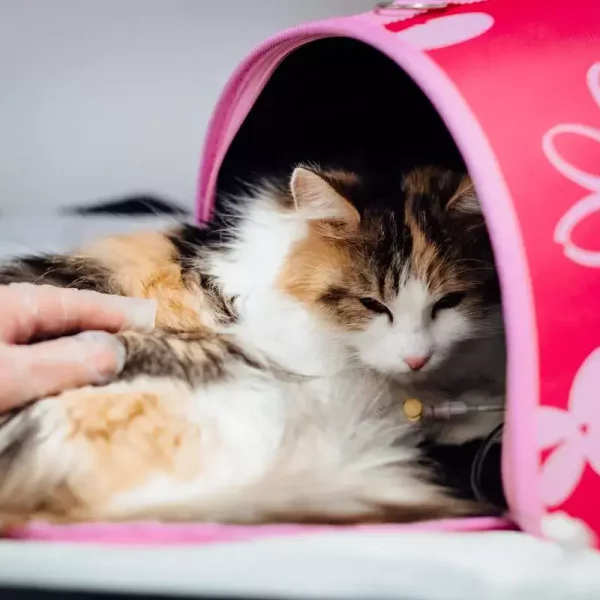
Leave a Comment